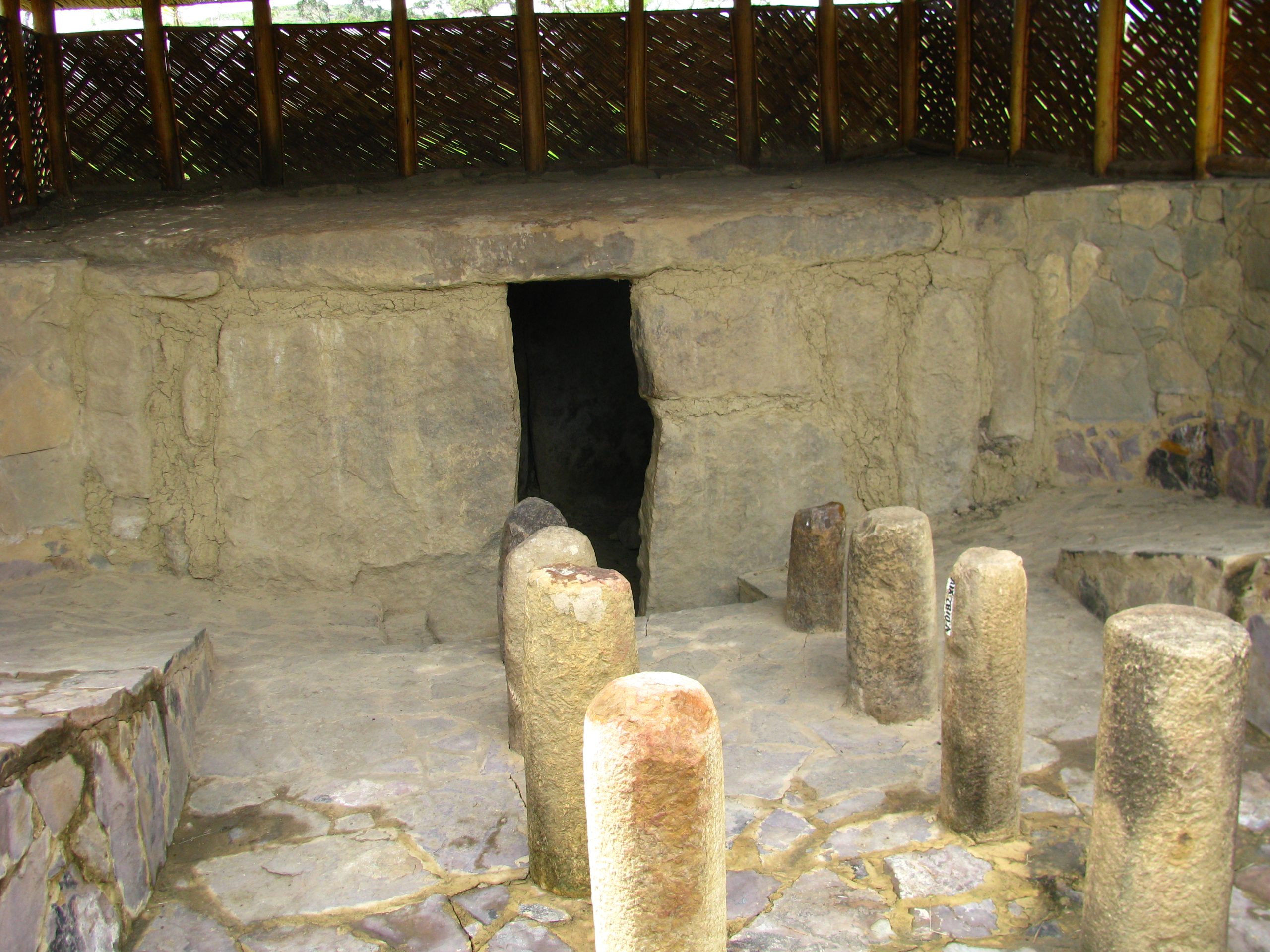El Infiernito, also known as the Archaeological Park of Monquirá, is a pre-Columbian archaeological site in Colombia. It is famous for its mysterious stone monoliths and columns, which are thought to have been used for astronomical purposes. The site’s name, which translates to “Little Hell,” was given by Spanish conquistadors who viewed the phallic structures as sacrilegious. El Infiernito is a testament to the advanced astronomical knowledge and cultural practices of the indigenous Muisca civilization that once thrived in the region.
Get your dose of History via Email
Historical Background of El Infiernito
El Infiernito was discovered in the 1840s by European explorers. However, it was not until the 20th century that systematic studies began. The Muisca people, who built this site, were known for their detailed astronomical knowledge. They inhabited the area long before the Spanish conquest. El Infiernito served as a center for ceremonies and astronomical observations, crucial for their agricultural calendar.
The site consists of several rows of stone columns, some of which are phallic in shape. These structures align with celestial events, such as the solstices. The Muisca civilization, skilled in goldwork and agriculture, used El Infiernito to mark important times of the year. This helped them in crop planning and religious ceremonies.
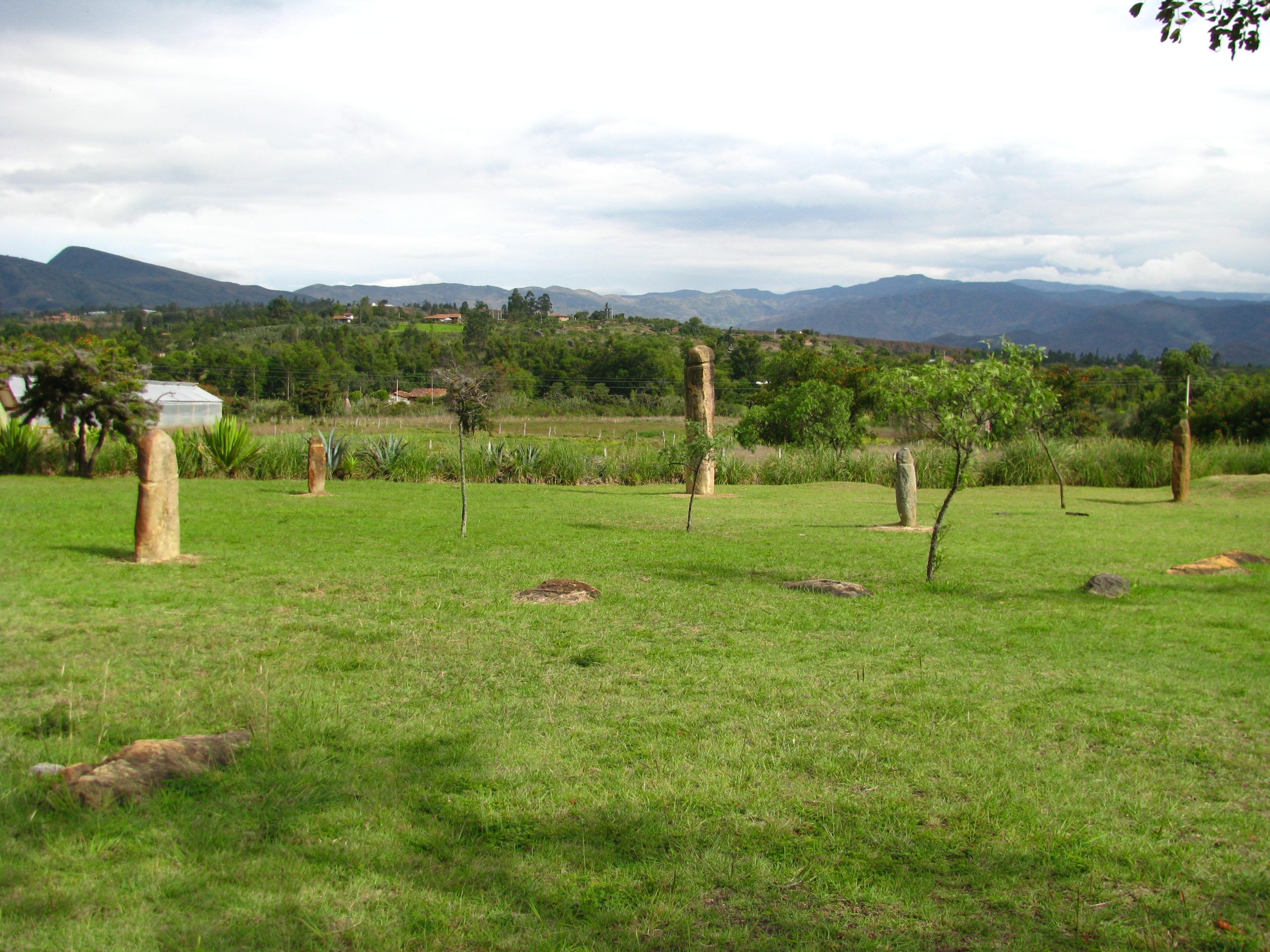
After the Spanish conquest, the site fell into disuse and was largely forgotten. It was rediscovered in the 19th century but suffered from vandalism and neglect. In recent years, El Infiernito has gained recognition as an important cultural and historical site. It has been restored and is now protected as a national monument.
El Infiernito is not just a historical site but also a cultural symbol. It represents the ingenuity of the Muisca people. The site has also been the scene of important archaeological discoveries. These findings have shed light on the social and religious practices of the Muisca civilization.
Today, El Infiernito is a place of interest for both tourists and scholars. It offers insights into the sophisticated astronomical knowledge and cultural richness of the indigenous people of Colombia. The site continues to be studied, revealing more about its creators with each passing year.
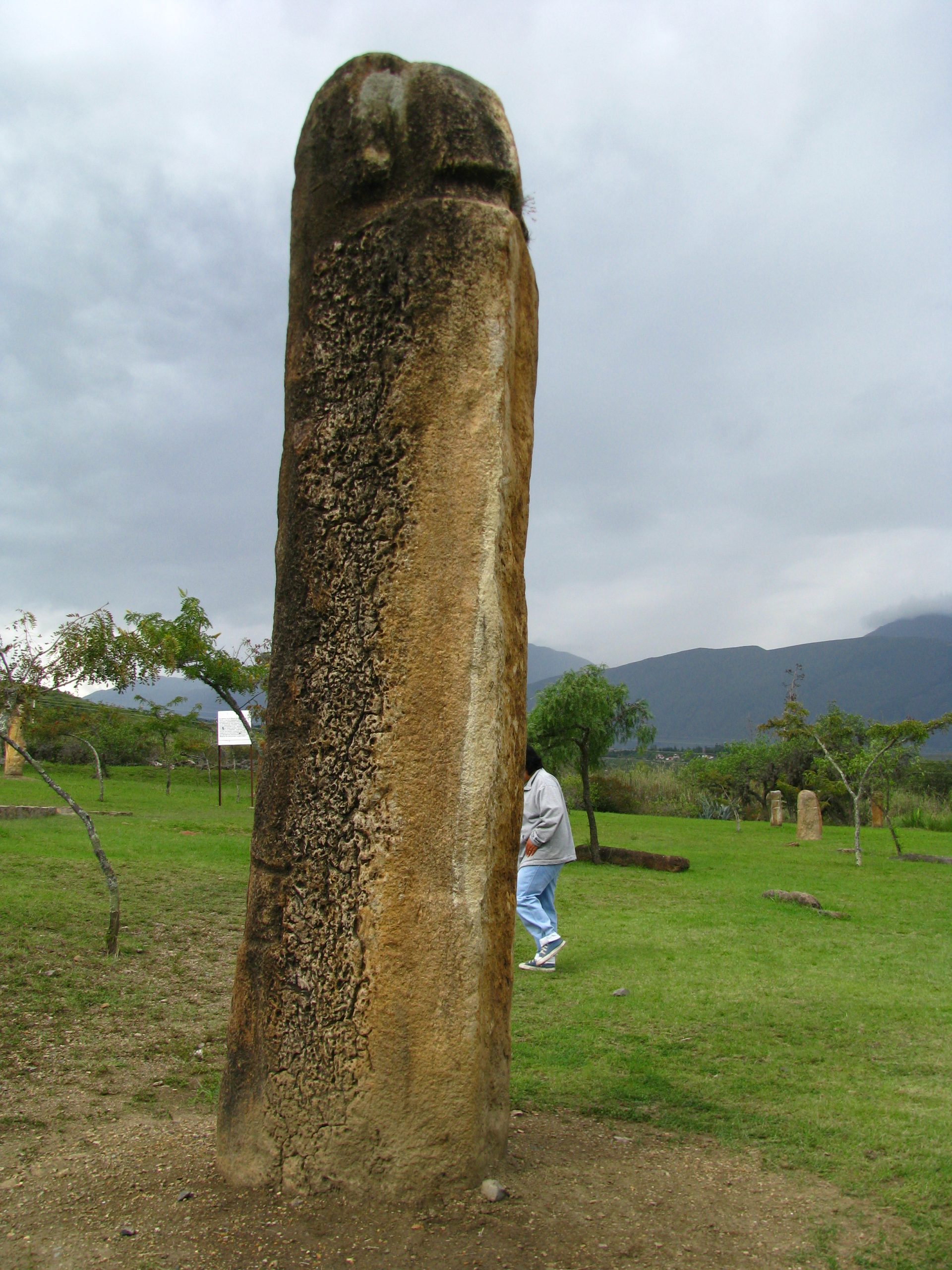
About El Infiernito
El Infiernito is located in the Boyacá department of Colombia. It is a significant archaeological site that spans several hectares. The site is characterized by its stone monoliths, which stand in strategic alignment. These monoliths are made from the local sedimentary rock, shaped and erected by the Muisca people.
The site’s most notable features are the 30 large phallic monoliths. They are arranged in rows and vary in height. The largest of these stands at about 2.3 meters tall. The monoliths are complemented by smaller stones, which are thought to have served as sighting points for astronomical observations.
El Infiernito’s design showcases the Muisca’s understanding of engineering and astronomy. The monoliths align with the rising and setting sun during the solstices. This suggests that the site was used as a solar observatory and for calendrical purposes.
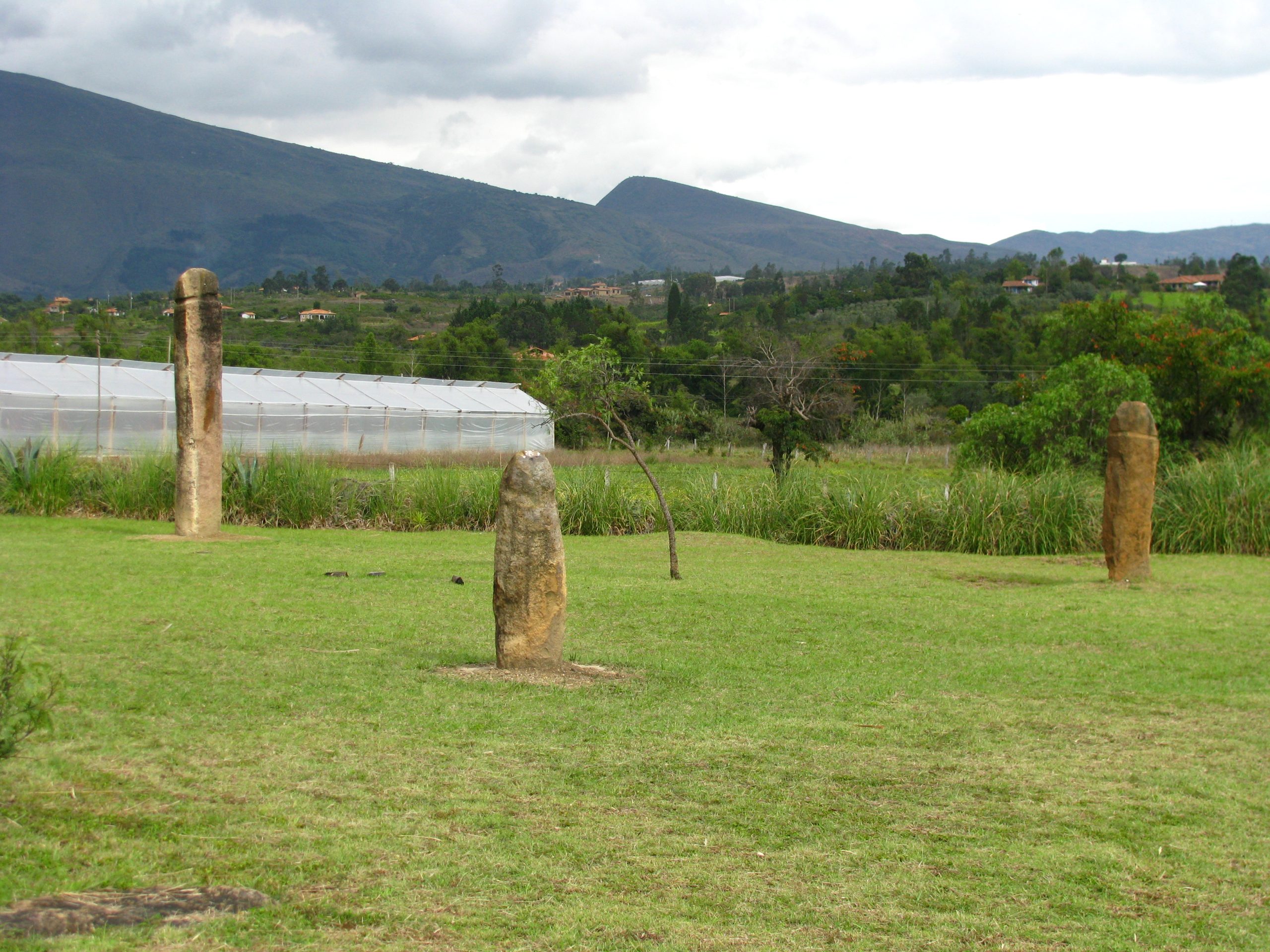
The construction methods of El Infiernito remain a topic of study. The Muisca lacked metal tools, which makes the precision of the monoliths all the more impressive. The site also includes a series of mounds and circular stone features, whose purpose is still under investigation.
El Infiernito is not only an archaeological wonder but also an architectural highlight of pre-Columbian Colombia. Its preservation allows for a glimpse into the past. It showcases the sophistication of a civilization that once flourished in the Andean highlands.
Theories and Interpretations
Several theories exist about the purpose of El Infiernito. The most widely accepted is that it functioned as an astronomical observatory. The alignment of the stones with celestial events supports this theory. It suggests a deep understanding of the cosmos by the Muisca people.
Some researchers believe that El Infiernito also had a religious significance. The phallic monoliths may have been part of fertility rituals. These rituals were important for an agrarian society dependent on crop cycles.
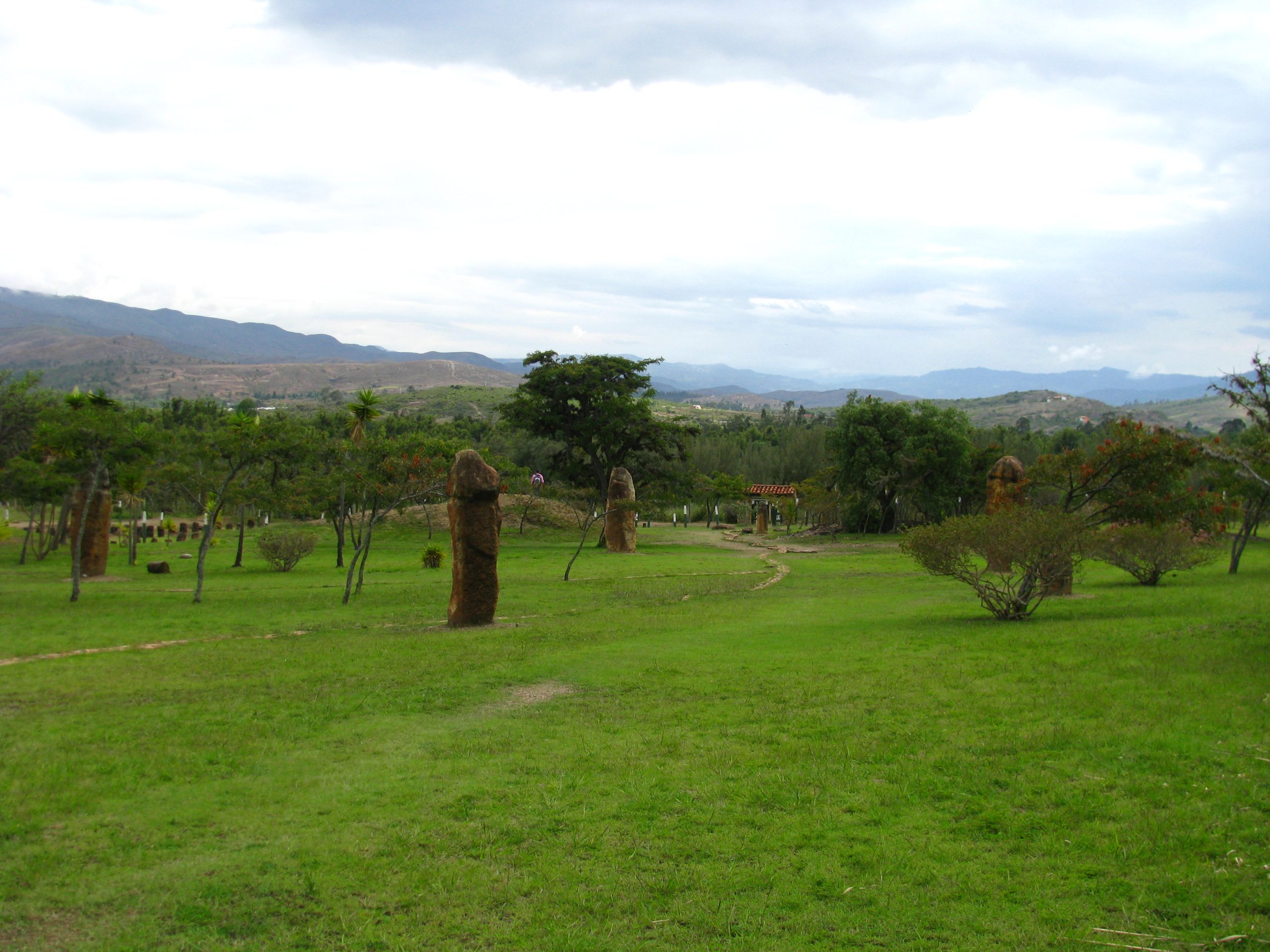
Mysteries still surround El Infiernito. For instance, the exact methods used to construct the site, given the lack of metal tools, are not fully understood. The site’s role in Muisca society and its abandonment are also subjects of ongoing research.
Historical records from the Spanish conquest provide some context. However, they must be interpreted with caution. The conquerors often misunderstood or misrepresented indigenous practices. Archaeological evidence has been crucial in piecing together a more accurate picture of El Infiernito’s use.
Dating of the site has been carried out using various methods. These include stratigraphy and radiocarbon dating. The results suggest that El Infiernito was in use during the late pre-Columbian period. However, the exact timeline remains a topic of scholarly debate.
At a glance
Country: Colombia
Civilization: Muisca Civilization
Age: Late pre-Columbian period
Sources:

